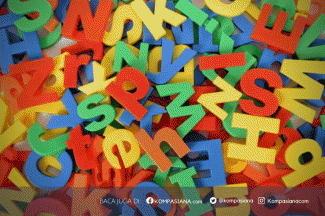The Emoji That Ended a Deal
There were many stories about someone who made a deal. For example, a corporate lawyer, let's call him Bima, was finalizing a complex intellectual property deal between his firm in Mumbai and a design studio in Copenhagen. The negotiations were tense but professional, conducted entirely over email and chat apps. After securing a critical concession from the Danish team, Bima sent a final message: "Excellent result. We agree to the terms. See you next week!" He added a thumbs-up emoji.
Bima, like most people in his generation, used the thumbs-up as a universal sign of agreement, positivity, and congratulations.
The Danish CEO, however, felt a chill. In many professional Western contexts, the thumbs-up, especially in a formal contract negotiation, is considered childish, passive-aggressive, or at best, patronizing. It felt to her like a dismissal rather than a collaboration. She called her legal team, wondering if the Indian firm was taking the deal seriously.
This small, pixelated image highlights a massive, often-ignored challenge of our time: The digital age has accelerated cross-cultural communication to warp speed, but it has simultaneously introduced new layers of misinterpretation rooted not just in language, but in digital cultural norms.
The Flattening of Context: Why Digital Communication Is Tricky
Globalization has been the engine pulling us closer, but digital media---from email and Slack to Instagram and TikTok---is the superhighway we now travel on. While these tools allow instant global connection, they often strip away the crucial cultural context necessary for true understanding.
Think back to the concept of High-Context vs. Low-Context cultures. In a High-Context culture (where meaning relies heavily on tone, setting, and non-verbal cues), a bare-bones text message is a nightmare.
Before digital media, if a Japanese executive wanted to suggest disapproval, they might do so through a subtle shift in posture, a brief silence, or an indirect phrase delivered in person. The listener, immersed in that culture, would instantly read the context.
Now, all we get is a Slack message. We lose:
Tone of Voice: Sarcasm, sincerity, and seriousness are often indistinguishable without voice inflection.
